Millions of young girls across Africa prepare for puberty with excitement and fear—excitement for the transition into womanhood, but fear of what that change might bring. In some communities, this fear has given rise to a deeply painful practice known as breast ironing—a silent ritual performed in the name of protection, modesty, and tradition.
Though rarely talked about, breast ironing continues to affect thousands of girls today. Understanding where it started, why it happens, and its long-term effects is crucial in helping to end it.
What is breast ironing?
Breast ironing (also called breast flattening) is the practice of using hard or heated objects such as stones, pestles, spatulas, or coconut shells to massage or press down a girl’s developing breasts in an attempt to delay their growth.
This is usually done by mothers, grandmothers, or female guardians who believe they are protecting the girl from early sexual attention, harassment, or even rape. In some cases, it is believed to help the girl focus on education or prevent unwanted pregnancies.
The act is often done secretly, sometimes when the girl is asleep or before she leaves for school, and it can continue for weeks or months.
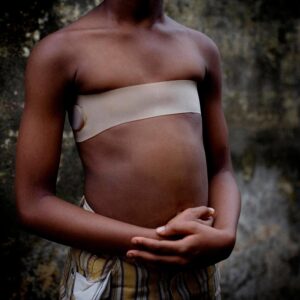
Where did it originate?
Breast ironing is believed to have originated in Cameroon, West Africa, where it is still most prevalent today. A 2005 study by the German development agency GIZ, as documented by Tufts University, revealed that around one in four girls in Cameroon had undergone breast ironing.
However, similar practices have been reported in other countries, including Nigeria, Chad, Togo, Guinea, and Benin.
Breast ironing in Nigeria
In Nigeria, the practice also exists, especially in rural and traditional communities, where conversations about puberty and sexuality remain taboo.
Reports and studies (including those by UNICEF and the German agency GIZ) have documented cases of breast ironing in the following regions:
Akwa Ibom State
Cross River State
Rivers State
Delta and Edo States
Benue and Kogi States
According to a report by Al-Jazeera, 1 in 3 adolescent girls in some communities in the Federal Capital Territory had also experienced breast ironing.
In most of these areas, the practice is not widespread, but it is underreported because it happens in private homes, often between mothers and daughters. Many victims remain silent out of fear, shame, or belief that it was done “for their own good.”
The physical and psychological dangers
Breast ironing is extremely painful and can lead to serious health complications. The heat and pressure damage the skin and underlying tissue, leading to burns, infections, and even deformities.
Some common effects include:
Severe pain and swelling
Scarring and tissue damage
Breast deformities or asymmetry
Infections and abscesses
Cysts and possible interference with breastfeeding later in life
In extreme cases, there is a risk of cancer due to repeated trauma to breast tissue
Beyond the physical damage, breast ironing leaves deep emotional scars. Many survivors report feeling shame, anger, confusion, and betrayal, especially since it is often done by trusted family members. The trauma can last well into adulthood, affecting confidence, sexuality, and relationships.
ALSO READ: Important Facts And Statistics To Know About Gender Based Violence (GBV)
Reasons for breast ironing
At its core, breast ironing is rooted in fear and societal pressure. In many traditional communities, a girl’s physical maturity is seen as an invitation for men’s sexual attention or as a sign she is ready for marriage.
Mothers, fearing that their daughters might be harassed or impregnated early, resort to this painful ritual as a way to “protect” them. It is often seen as an act of love and care, not abuse, which makes it even harder to challenge.
In some communities, the practice is a normalized rite of passage passed down through generations.
Some key reasons include:
Fear of early sexual activity or pregnancy
Desire to protect a girl’s reputation and honor
Pressure from community norms about modesty
Ignorance about sexual education and puberty
What it means in today’s world
In today’s world, where conversations around women’s rights, body autonomy, and gender-based violence are gaining ground, breast ironing stands as a painful reminder of the silent ways culture can harm women. Although awareness campaigns have helped reduce its prevalence in some regions, it still happens quietly in many homes, often hidden behind the idea of protection and tradition.
Organizations such as Gender Danger in Cameroon and the United Nations Population Fund (UNFPA) have launched campaigns to educate communities about its dangers. They promote safer alternatives like open conversations about puberty, consent, and sexual health.
In Nigeria, advocacy groups continue to call for better sexual education in schools, as ignorance remains one of the strongest roots of this practice.
The way forward
Ending breast ironing requires more than just laws, but it demands a change in mindset. Communities must unlearn harmful traditions and replace them with knowledge and empathy.
Here’s what can be done:
Education: Teaching parents and young people about puberty, consent, and gender equality.
Community awareness: Engaging traditional and religious leaders to challenge outdated norms.
Empowerment programs: Supporting girls to speak out and understand their rights.
Health support: Providing medical and psychological care for survivors.
Every girl deserves to grow up free from pain, fear, or shame about her body. Protecting girls should never mean hurting them.
Conclusion
Breast ironing began as an act of protection but it has caused generations of pain and trauma. Today, as awareness spreads, more women are speaking out, more organizations are taking action, and more parents are choosing education over fear.
The body of a girl should be celebrated, not suppressed. And the more we talk about practices like breast ironing, the closer we come to ending them for good.


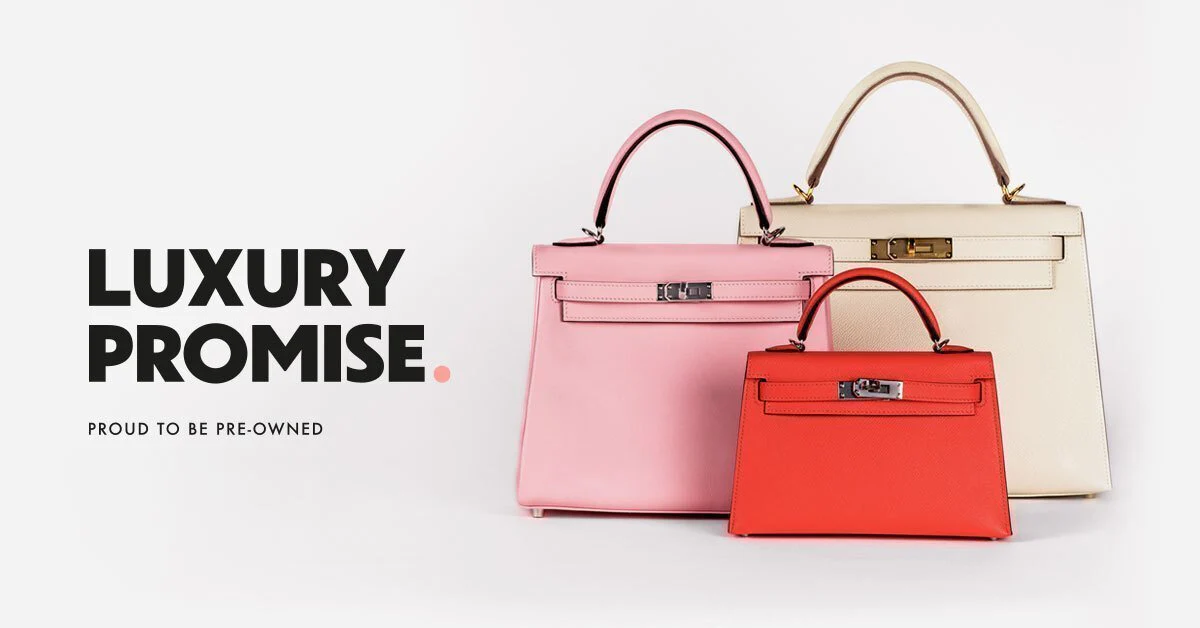


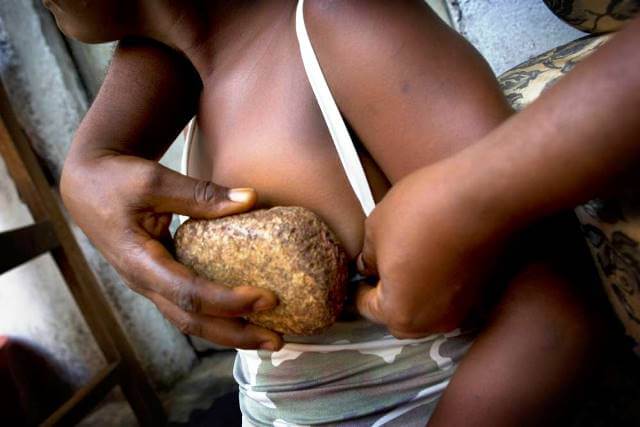



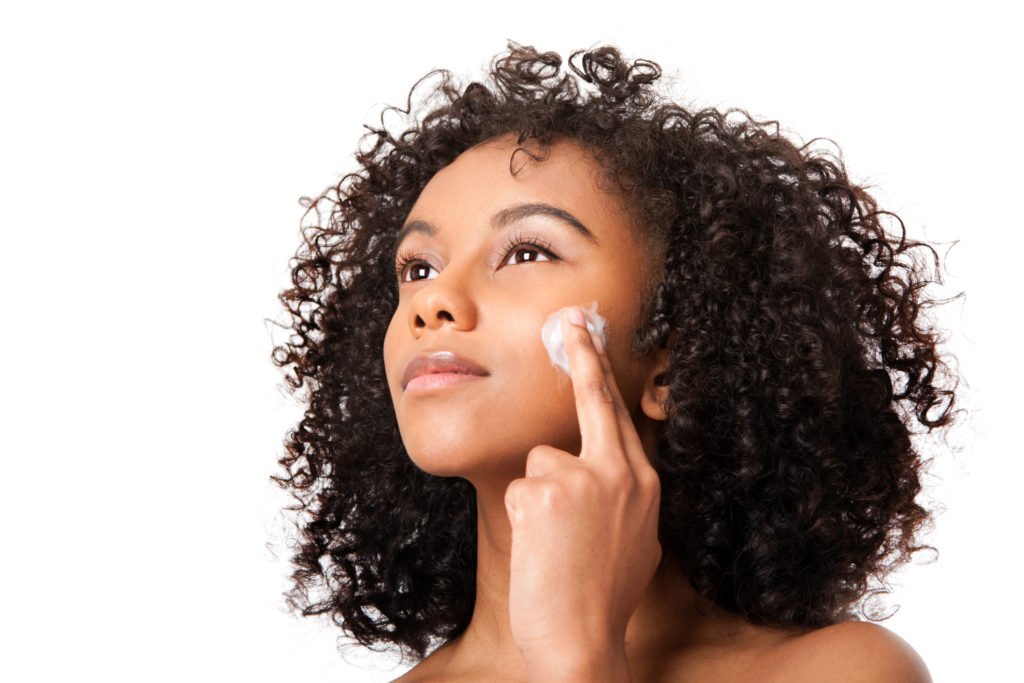
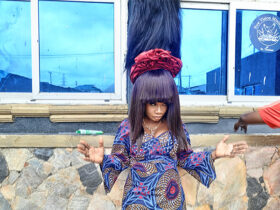


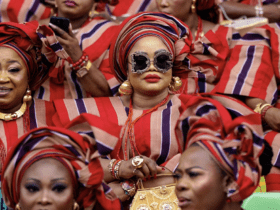

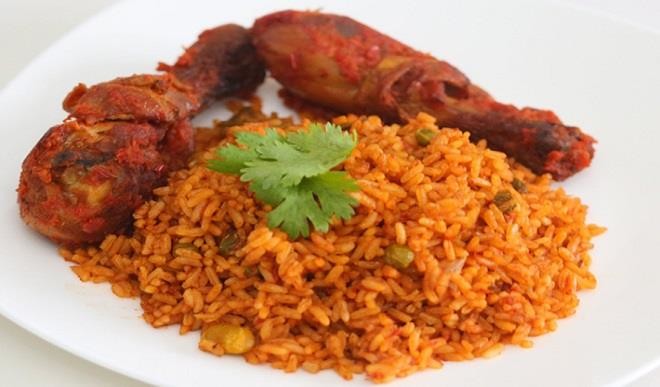
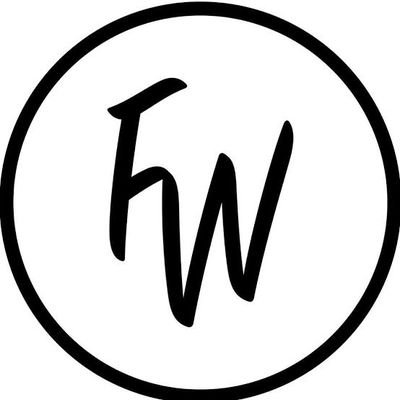
Hello!! My name is Anu
I'm a passionate digital media strategist and the creative mind behind FabWoman. My goal is to inspire and empower millennial women across Africa to live their most fabulous lives. Through FabWoman, I create engaging content that covers everything from fashion and beauty to health and lifestyle. When I'm not working, you'll find me exploring the latest trends, enjoying good food, and staying fit. Let's make every day fabulous together!